Koolance HX-CU1020V 360mm Radiator Review
The intention of this write up is to provide information and performance data about Koolance’s Slim HX-CU1020V 360mm Radiator. We will be including the test results in the Extreme Rigs Radiator Round Up 2015, however in this review rather than comparing it to all the radiators we made a decision to start a Round-Up just for the slim 360mm rads. Expect our Slims Round-Up to be published in the coming weeks.
I’ll be keeping the review section short and factual, focusing on presenting the performance data compiled through the numerous tests carried out. Firstly a big thanks to Koolance for providing the review sample of the HX-CU1020V 360mm!
What’s in the Box?
The HX-CU1020V (mostly called CUV from here on in the review) sample from Koolance did not have an outer retail sleeve, and I do not think that any of their rads do as this was the same packaging as its bigger brother, the Koolance HX-360XC which we reviewed earlier in the year. They are shipped in what might normally be considered the inner protective box.
Opening the box we see the same layout as the thicker HX version did, which also happens to be the same layout as all HWLabs inner boxing we have seen recently. This is no coincidence, as HWLabs is the OEM for these Koolance rads.
There is no extra protection inside the box, which is unusual as Koolance normally protects everything with large amounts of foam. At one end a flap lifts up revealing a bag with mounting screws for attaching the fans.
Extent of delivery:
• 1 x HX-CU1020V Radiator
• 12 x 30mm (1.18”) mounting screws are included for 25mm thick fans.
Now as my picture clearly shows the screws are in fact shorter than 30mm in length. A custom length 28mm screw set is included.
I have never included photos or info about internal cleanliness previously (although I do include it in my build quality scoring) because cleaning a new rad is just one of those chores which must be done.
I am making an exception with the CUV because I believe it is the dirtiest rinse I have had to date. After 30 or so minutes with a hot water flush, the following pic shows what came out in the first shake and rinse and it took 6 more vigorous shake and rinses to get the thing satisfactorily clean. I even checked that paint had not come from the fittings from the photos taken before hand, but that was not the case – this debris was all from inside, and this is just the first rinse only stuff.
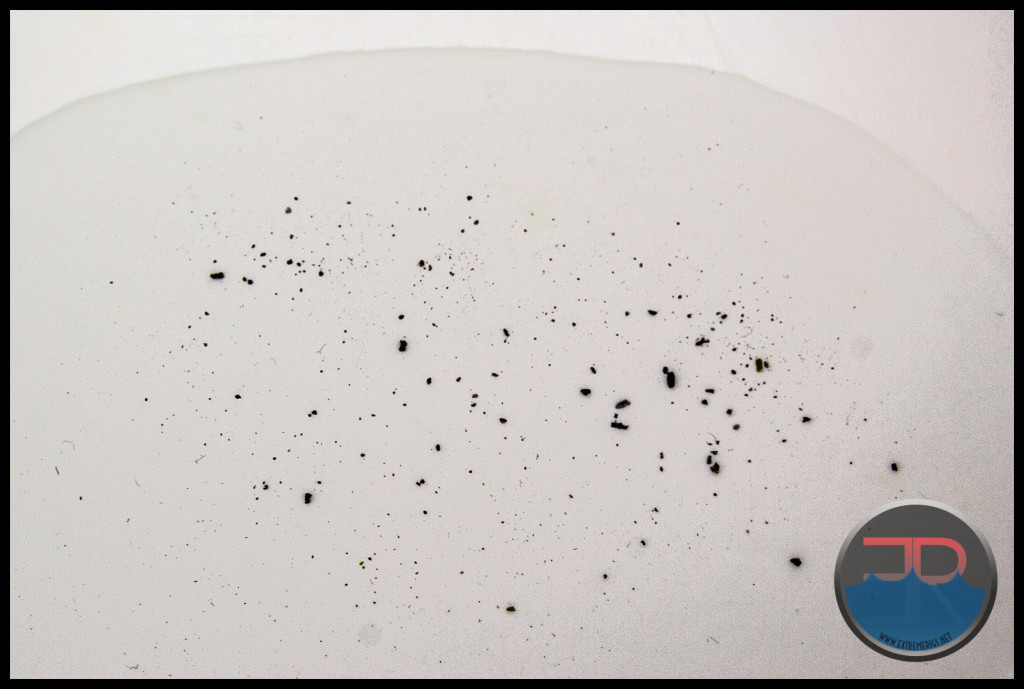
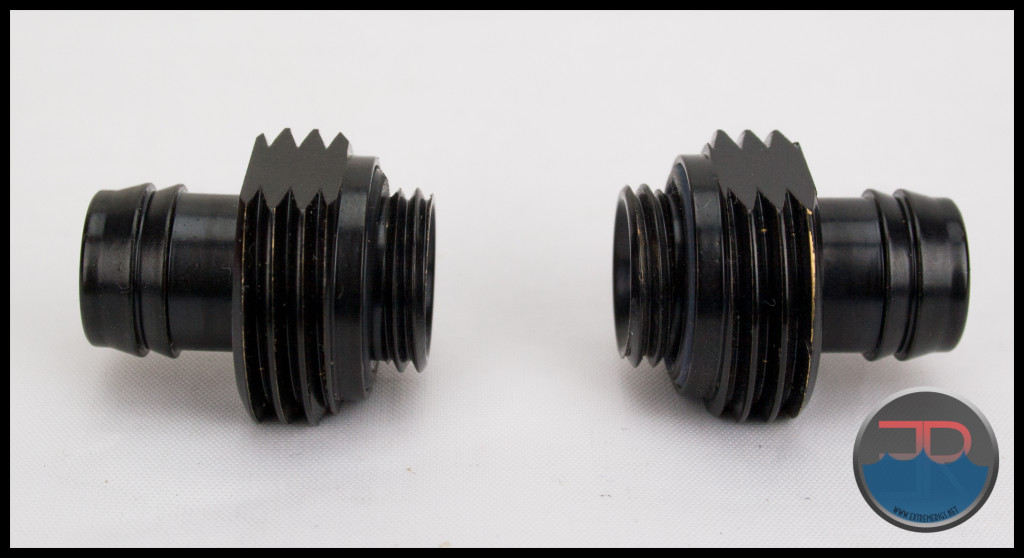
We’re not exactly off to a flying start with this one!!!
Onwards to technical specifications!







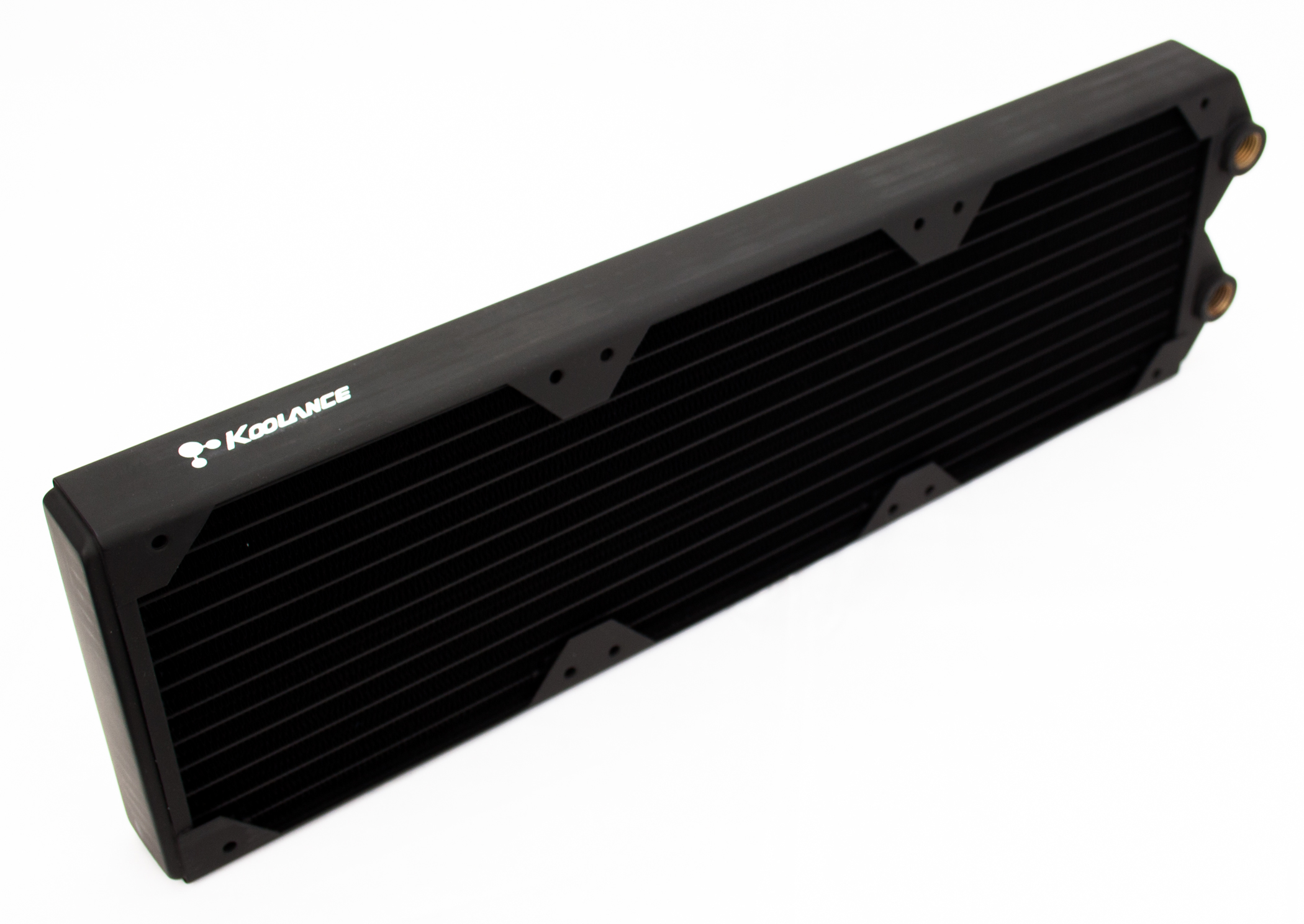

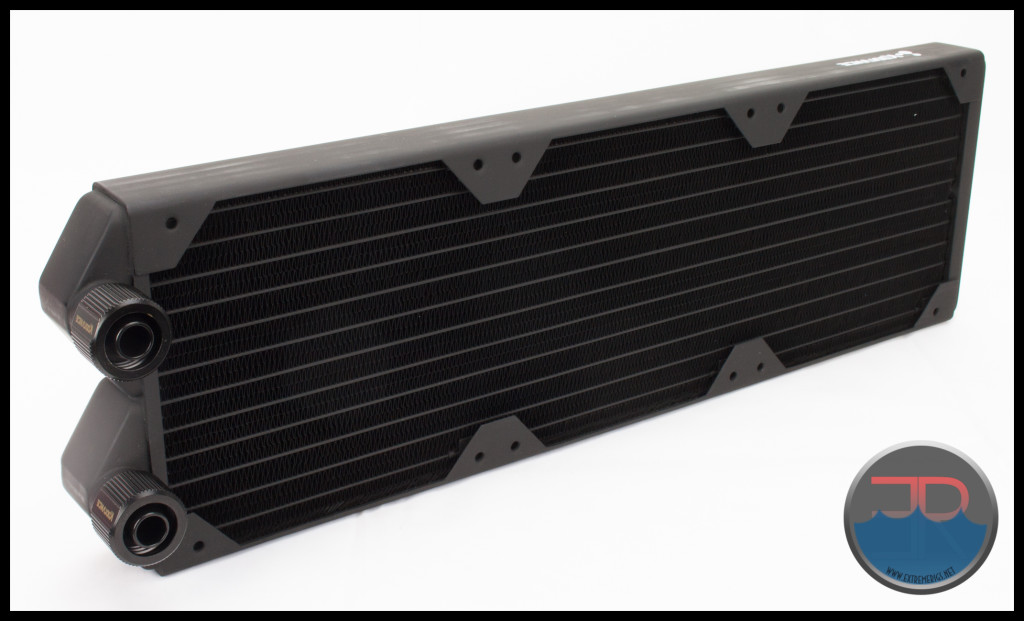
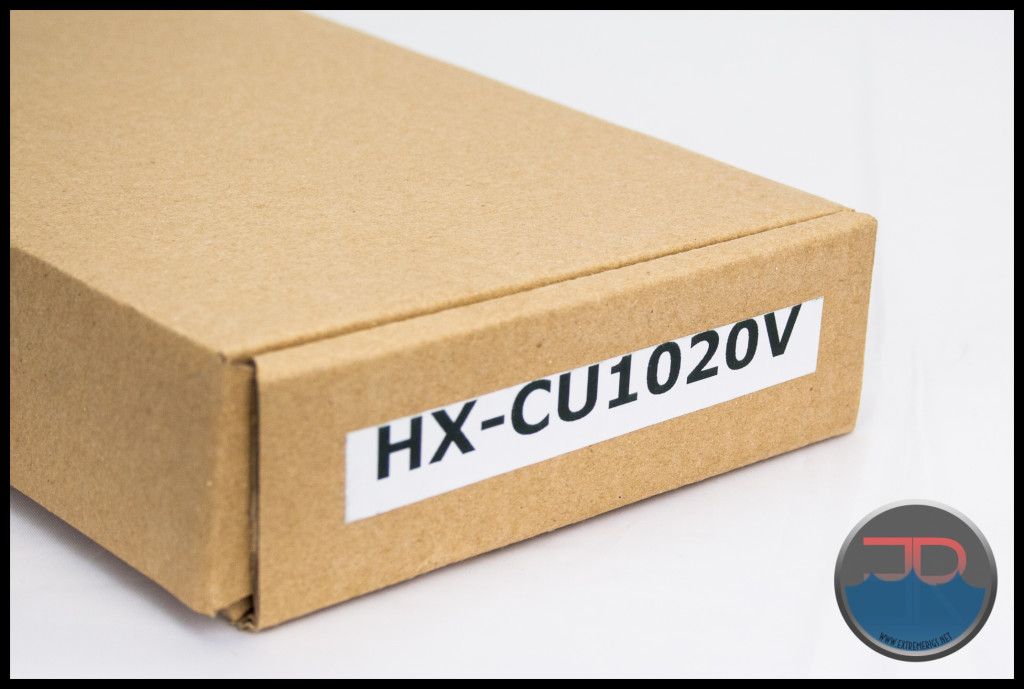

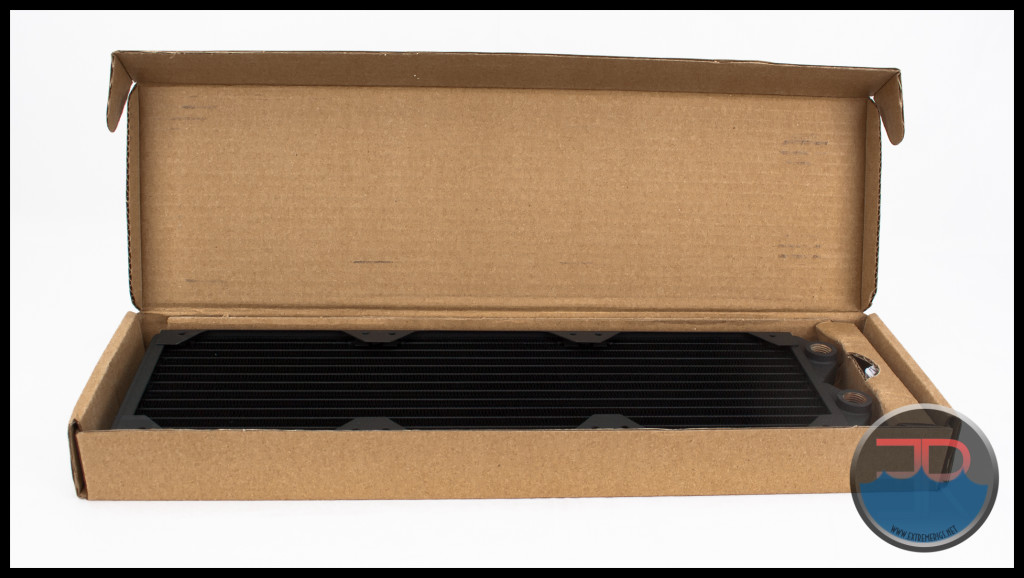
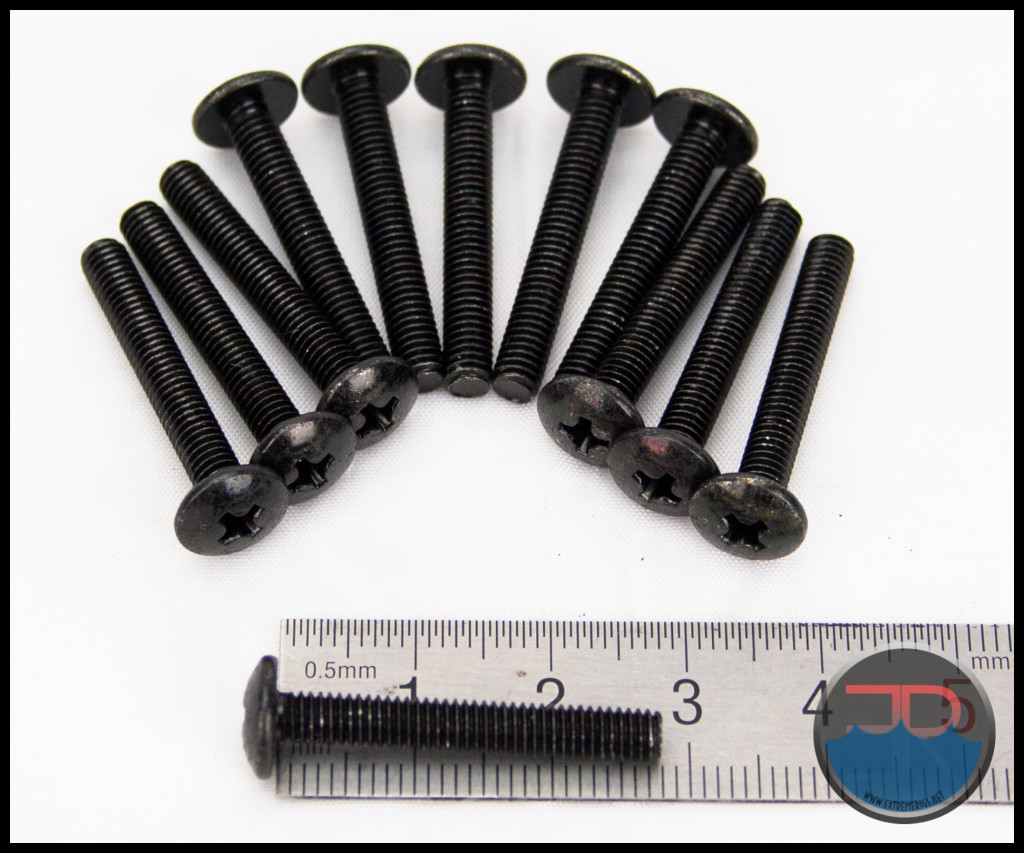



Okay, so this is the antithesis of the Nemesis GTS: great at push pull high speeds, were as the Nemesis GTS is king of push only low / medium speeds. Glad I got two Nemesis GTS for my build.
As always, thank you for the great review and additional data to the radiator database.
[…] Koolance HX-CU1020V 360mm Radiator Review […]
Your overall score lacks the scrutiny and precision that you have applied to your superb test and measurement criteria.
The feature set (extra ports, etc.) and paint finish have no bearing on thermal performance and when this low marking for ‘features & quality’ is applied as a major constituent of the overall summary score this excellent radiator immediately looks second rate to the casual reader and beginner in the field of water-cooling.
Many people who visit your site will not read or necessarily understand your entire review or the graphs which look at factors outside the original design spec for this radiator, i.e. it was not really intended to be used with low speed fans, hence the high fin density. Also most enthusiast and professional builders will be using a push/pull design, high static pressure fans and, spacing permitting, shrouds to reduce the ‘dead spot’ created by 120mm fan centre hubs ( or 140mm based radiators)
You write for a site called extremerigs not ‘boy racer add-ons’ and although I do not dispute the fairness and balance within your text, other than the over-emphasis on “extreme restriction” which is easily overcome, your final score is misleading. I am not suggesting that you are being specifically unfair to Koolance, but in my standing as a Senior Design Engineer in many fields of engineering for the past 24 years, your scoring puts too much emphasis on the non-essential.
As an enthusiast, I have built 80+ water-cooled rigs since 2003, three of them with large industrial grade heat exchangers (peltier based) running coolant down to -55 Celsius. Most people cannot afford or be bothered with the complexity of ‘chilled’ systems, but multiple radiator systems have become increasingly popular over the past decade. I have used multiple units of this excellent radiator and its thicker ‘big brother’ in more than 30 builds and various HW Labs Black Ice variants in around 20 builds with complex Quad SLI configurations without any issues or compromise!
Unfortunately, over the past 3 years the market has become flooded with flashy ‘boy racer’ radiators which may look impressive and have many extra features, but in what ways do these improve cooling performance?
Many of these features are about as useful as the range of ‘viewing windows’ which were being sold for HDs and PSUs until the worldwide economic crisis hit. I do not dispute that some features make the design process easier when deciding the route for tubing to water-blocks and manifolds, but adding a ‘universal’ feature set to every radiator design will add unnecessary cost.
Comments are closed.